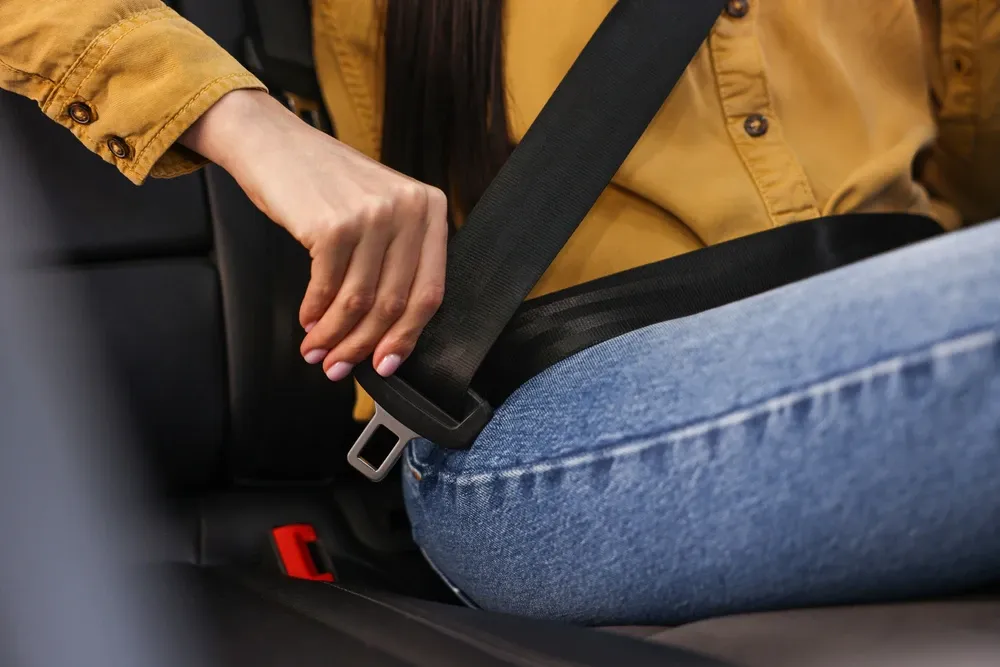Too Many Passengers And Teenage Car Accident Risk
Birds of a similar feather do indeed tend to flock together. The old proverb can apply in many different contexts, but the basic meaning remains the same: people like to associate with other people who are like themselves. This can be a major prob...

Birds of a similar feather do indeed tend to flock together. The old proverb can apply in many different contexts, but the basic meaning remains the same: people like to associate with other people who are like themselves.
This can be a major problem when the "birds" in question are teenage drivers who are inclined to ignore rules about safe driving. Such drivers are the cause of many Lake County car accidents.
This article will discuss recent research findings that peer pressure is a main cause of accidents for teen drivers. Knowing more about why and how this happens should help society create and enforce more effective graduated licensing laws for young drivers.
Effectiveness of GDL Programs
Are Illinois and other states doing enough to discourage excessive risk-taking by teenage drivers?
In the last twenty years, all 50 states have put graduated driver's license programs in place. The basic progression is in three stages. The process begins with a supervised learner's period.
In Illinois, this permit stage begins at age 15 and is accompanied by driver's training. Though some states allow this stage to begin as early as age 14, other states wait until age 16.
The intermediate or probationary stage limits unsupervised driving in situations known to involve elevated risk. The presence of peer passengers is one of those risks, along with texting, night driving, and others.
The third and final stage is a full-privileges driver's license. In Illinois, this is called the full licensing phase.
Passenger Restrictions
It is well known that having teen passengers increases a teen driver's risk of a car crash. That is why so many states restrict the number of passengers that teen drivers can have.
Under Illinois' graduated driver license law, a driver who is 16 or 17 and still in the initial licensing phrase is limited to having one person under the age of 20 in the vehicle. The only exception to the rule is for a relative of the driver, such as a sibling.
This passenger restriction applies for the first year of licensing or until the driver turns 18 - whichever comes first. But even after this period, a passenger restriction remains. The number of passengers is limited to one in the front seat and to the number of seat belts available in the back seat. Other restrictions apply as well in the initial licensing phase that precedes full licensing. These restrictions include limitations on night-time driving and prohibitions on cellphone use except in emergencies.
Research Studies
Two recent research studies provide insight into the challenges of enforcing these restrictions.
In one study, survey results showed that teens who are most likely to bring their friends in the car share certain characteristics associated with elevated risk of accidents. The study was done by researchers at Children's Hospital of Philadelphia and included 198 teen drivers. Teens of this feather consider themselves thrill-seekers and say their parents don't set clear rules or keep track of where the teens are. Teens who fit this profile also have a poor overall conception of driving risks.
Another study, by State Farm Insurance, analyzed teen drivers involved in serious crashes. The research was based on a sample of 677 teenage drivers represented nationally.
The study found that both male and female teen drivers with peer passengers were more likely to be distracted immediately before a crash than teens whose crashes occurred while driving alone.
The survey results did show some differences, however, between teenage boys and girls regarding driving with passengers. Teenage boys with passengers were almost six times more likely to engage in an illegal driving maneuver than boys driving alone - and twice as likely to drive aggressively immediately before a crash.
The survey suggested that girls seldom drive aggressively, whether they have passengers with them or not.
Taken together, the two recent studies point to the key role played by peers in promoting - or undercutting - safe driving habits. Choosing thrill-seeking friends may contribute to crashes by distracting the driver and promoting risky driving behaviors. These behaviors could include speeding, tailgating, weaving within lanes, or other risky behaviors.
Even if drugs or alcohol are not involved, such behaviors increase the risk of car accidents.
The recent research on teen drivers and passengers suggests that police should be careful to enforce passenger restrictions. Even if their parents are giving them free reign, teens who violate such restrictions need to know that society will not tolerate excessive risk-taking because it causes too many distracted driving accidents.
Birds of this feather can still congregate. In an orderly society, however, they cannot do so with a distracted teen behind the wheel of car.







